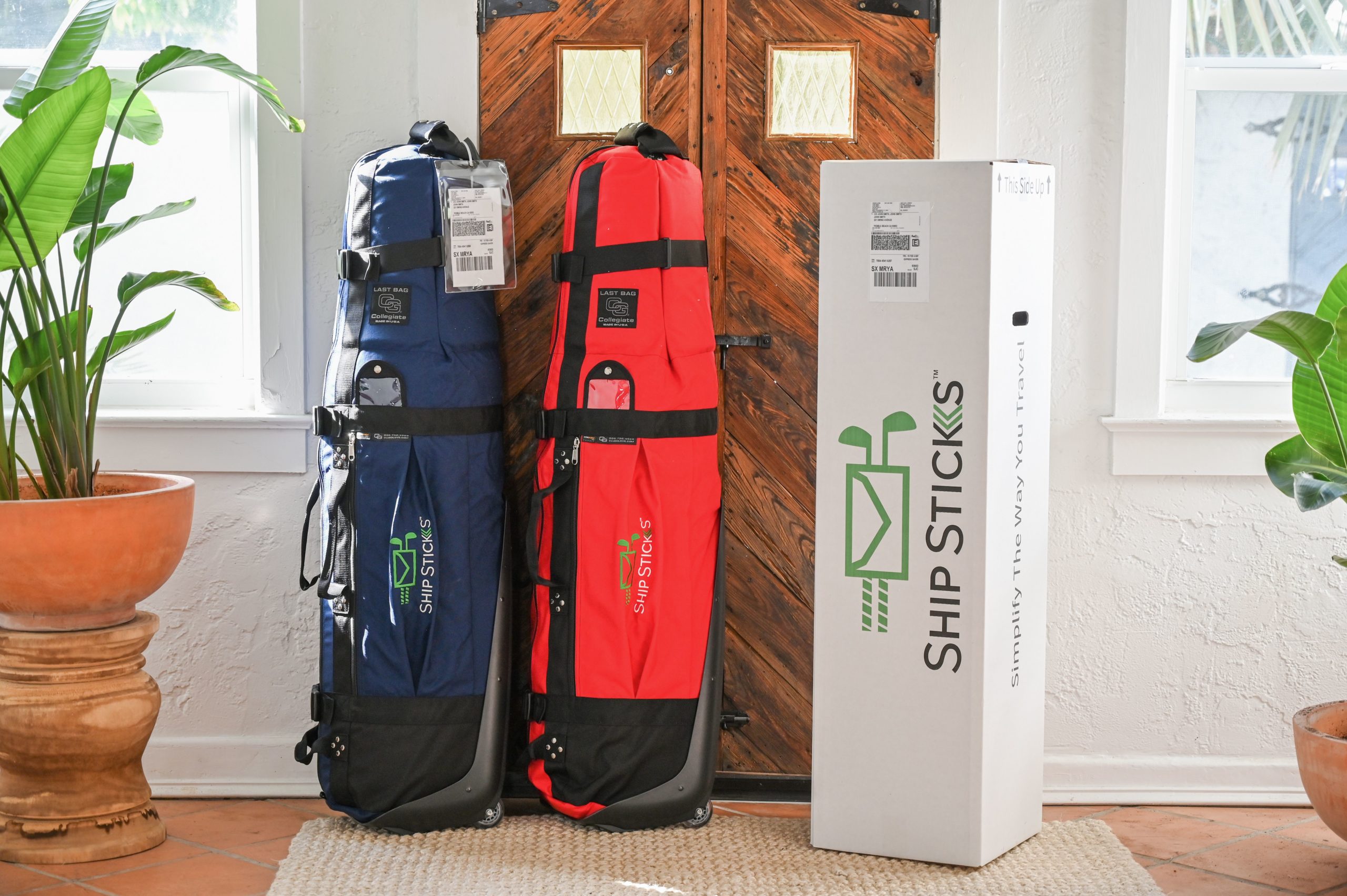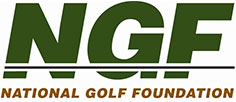How Remote Work Has Helped Golf’s Pandemic Resurgence
Working remotely has changed the contours of the work day for many over the past year. And indications are that it’s been a positive for golf and golf course tee sheets, in particular.
Talk to golf course operators about 2020 and you’ll likely hear stories about how increased weekday play was spurred, at least in some way, by golfers who had more flexibility to get out to the course despite still being a part of the workforce. It makes sense, especially given that the average American’s commuting time is almost an hour per day, and that doesn’t factor in the daily tedium of getting ready to go to work – or unwinding after a stressful commute home. Plus, work-from-home options afford many employees greater flexibility to get their work done whenever and wherever they can, keeping fewer tied to the traditional 9-to-5 work model that isn’t exactly conducive to weekday rounds.
“Over the past year, weekday afternoons and evenings for us have been busier than ever from a play standpoint. The range too. There’s no doubt that people working from home is a big part of that,” said Will Blackman Jr., the head professional at Heron Glen Golf Course, a municipal facility in Hunterdon County, New Jersey. “It’s not like they’re doing Zoom meetings from the course, but just can control their schedule better and squeeze in a few more rounds here and there, with their kids, solo, whatever it might be. The golf course is a needed escape for so many, and working at home makes it more doable because they’ve got more time.”
NGF recently conducted a survey of Core golfers (8+ rounds annually) to gain deeper insight about the relationship between golf and the work-from-home dynamic. As weekends might be affected negatively in months ahead by a return of youth sports and other leisure time activities, one of the questions that’s been raised within golf is whether the industry has, and could still, have more weekday opportunity because of remote work options.
Almost one-third of non-retired Core golfers indicated they’ve been working remotely more than usual and, as a direct result, found it easier to get out and play golf – even if it was just for nine holes one evening a week. Accounting for just this group, that translates to roughly 3 ½ million committed golfers who said they had greater opportunity to play in 2020. And that’s carried over into 2021.
Approximately half of those who have been frequently working from home (46%) said they were indeed playing more golf than usual.

Looking ahead, almost the same proportion (48%) said they expect to play more in 2021 than past years — thanks specifically to greater work flexibility. As recently as April, Google’s mobility data showed workplace traffic remains down 31% from pre-coronavirus months and a March report from the U.S. Bureau of Labor Statistics said nearly one in four workers ages 25-54 worked remotely due to the pandemic.
Even with the influx of beginners and returning golfers in 2020, NGF research found that last year’s surges (over 60 million more rounds than 2019) were most significantly driven by increased play from dedicated golfers. The feedback from Core golfers on the impact of work-from-home supports that.
“Obviously, people were not working from home, they were playing golf during the week,” joked Ted Goodenow, the General Manager at Whiskey Creek Golf Club in Ijamsville, Maryland, just over an hour northwest of Washington D.C.
“Actually, I think it’s like when you’re going on vacation, you find that last week everybody is very productive, because you’re going to be away for a week,” Goodenow said. “If you know you’re going to be playing golf, or trying to play golf on a certain day, you’re going to be very productive to get everything done you need to get done so you can get out for four or five hours. So, there is a positive work consequence to playing golf. It can incentivize employees to get things done by a certain time to play more.”

Approximately one-third of Core golfers said working from home gave them the chance to get out and play golf in the middle of the day.
More likely, however, it was late-afternoon or evening rounds that became more realistic, as over half of those surveyed (56%) cited post-work play made possible by their flexible schedule or lack of a commute. Additionally, 45% practiced more frequently at the golf course, while 44% were able to play more nine-hole rounds.
“There were definitely more young adults on the tee sheets in the afternoons,” said Brent Trenter, the Director of Golf at Lookout Mountain Golf Club, which winds through the Sonoran Desert outside Scottsdale, Arizona. “They would work the majority of the day, close the laptop and head out trying to sneak in as much golf as they could in the afternoons.”
NGF’s full-year data showed that 2020 had a 10% lift over 2019 in the proportion of golfer-reported rounds that were nine holes, making it clear that more people were able to slip out of work — or in this case, home — and squeeze in those nine-hole loops, especially during the spring and summer.
“We absolutely noticed more rounds due to schedule flexibility,” said Jon Conklin, the General Manager at Bucks Run Golf Club, a popular 18-hole public facility in central Michigan. “Last year was insane for the ability for those to get out of their homes to play golf, even for nine holes. We still see this trend (in 2021), just not as much thus far. I would guess this is due to more individuals heading back into the office from having to work from home.
“But in our area, we have a few larger companies that still have a large chunk of their workforce still working from home or by doing a hybrid system which does help by having them with the ability to sneak away for a round of golf,” he added. “As the weather continues to improve in Michigan, we hope to see these numbers increase.”
Going forward, it will be particularly interesting to track the percentage of companies that continue to embrace work-from-home options, as well as the percentage of working golfers in jobs that allow them to take advantage of that flexibility. Recent CEO sentiment studies and office occupancy rates indicate that these remote work possibilities may even become more prevalent as companies look to reduce occupancy costs.
And on the employee side, many of those workers who have had work-from-home availability will likely prefer to retain some of that flexibility and reduce their commuting time and expenses – instead spending both on activities that help provide a better work/life balance. Like golf.
Short Game.
"*" indicates required fields
How can we help?
NGF Membership Concierge

"Moe"
Learn From NGF Members
 Ship Sticks Secrets to a Hassle-Free Buddies Golf Trip
Ship Sticks Secrets to a Hassle-Free Buddies Golf Trip
Whether you’re the head planner of your upcoming buddies golf trip or simply along for the ride, we’ve gathered a few easy ways to keep everyone in your group happy.
Read More... Golf Course Turf, Soil and Water Quality Diagnostic Testing
Golf Course Turf, Soil and Water Quality Diagnostic Testing
As humans, we see our primary care physician on a regular basis to proactively evaluate our vital signs. Likewise, a superintendent should perform frequent diagnostic testing on their golf course.
Read More... Unlocking Distance: Launch Conditions and Angle of Attack
Unlocking Distance: Launch Conditions and Angle of Attack
We’ve long known that higher launch and lower spin is a powerful combination for generating consistently long and straight tee shots. A key factor in optimizing launch conditions, one often overlooked, is ...
Read More...





